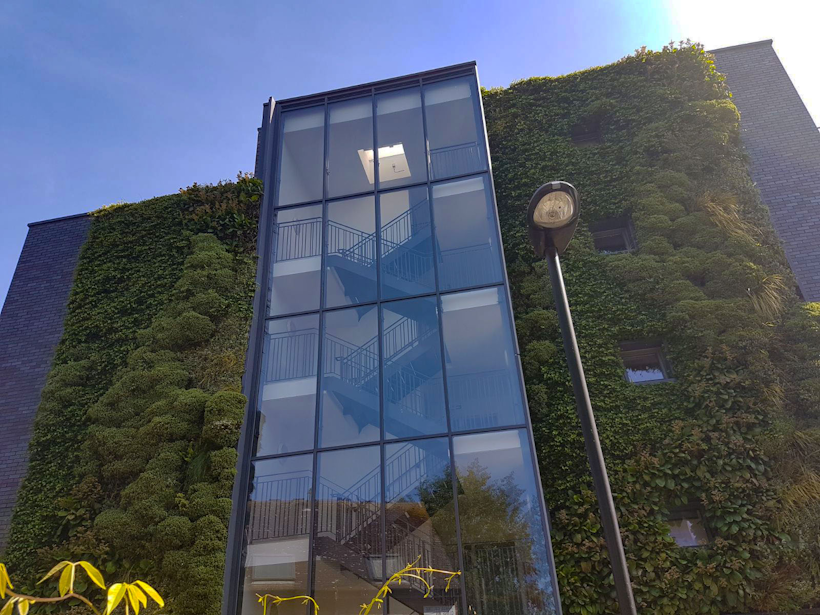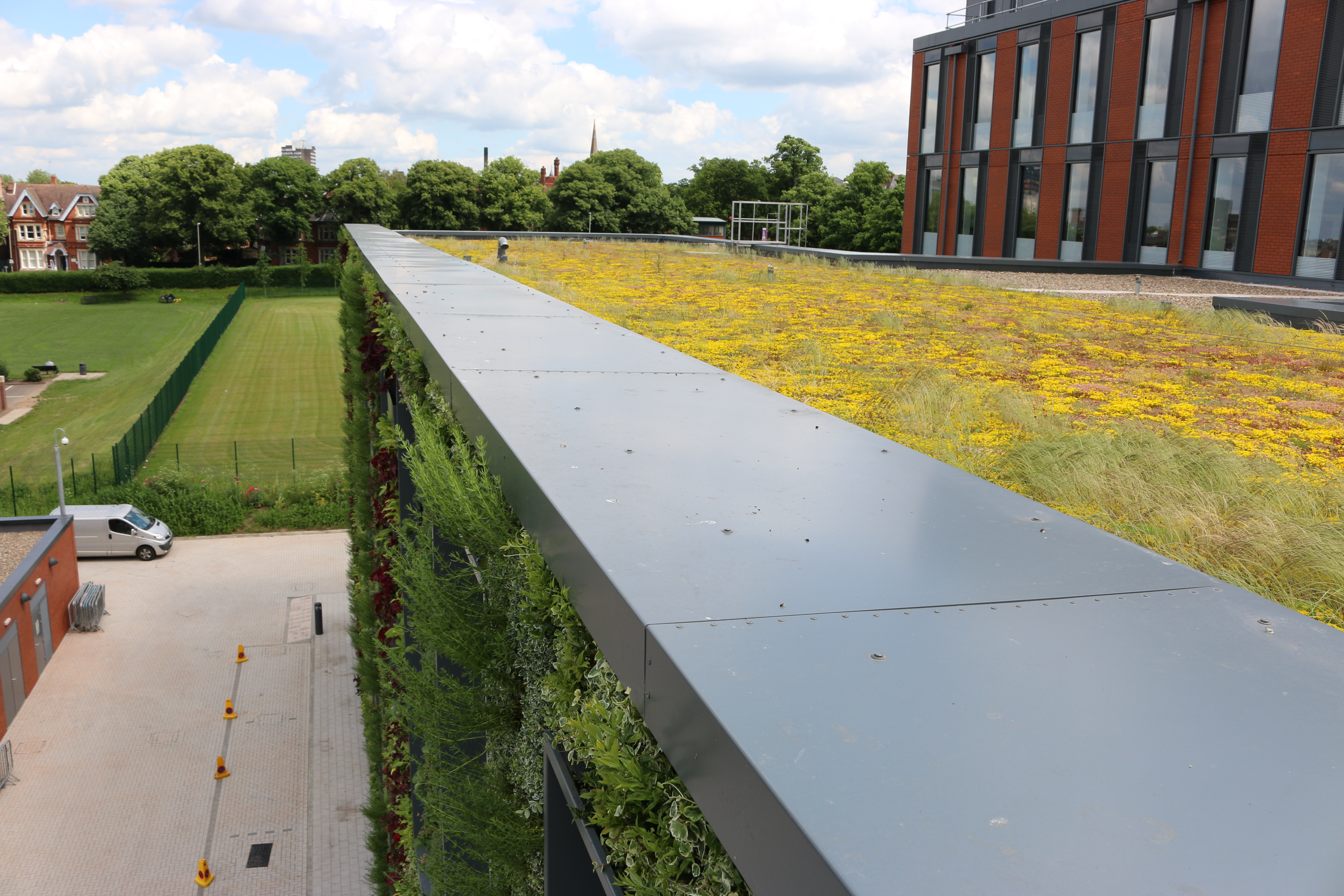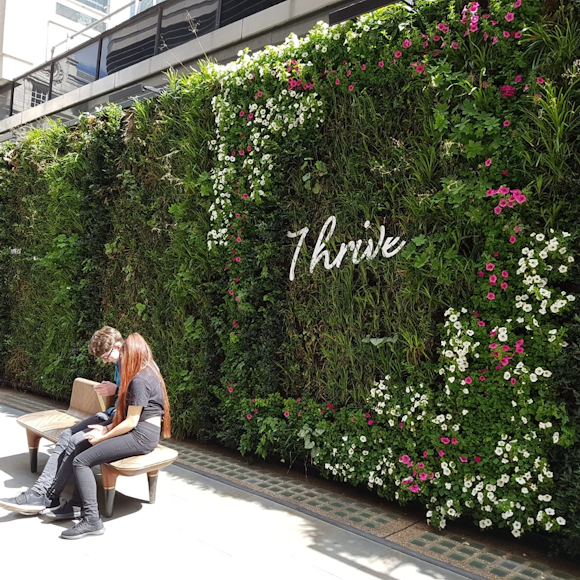The global construction industry has a significant impact on the environment and is considered by many to be one of the main sources of environmental pollution. It’s not surprising, when studies have shown that construction is responsible for 50% of climate change, 40% of global energy use and 50% of contributions to landfill waste.
Despite these figures, infrastructure is vital for the growing development of nations and experts predict that the global volume of construction output will have grown 85% by the time we reach the year 2030. So how are we to balance a growing need for infrastructure while preserving the environment?
“It’s critical that we have a big change over the next couple of years in how we do buildings and construction,” says Joyce Msuya, Deputy Executive Director of UN Environment.
This demonstrates the importance of not only building ‘greener’, but building ‘smarter’; with a focus on buildings that are better equipped, more energy-efficient and generally better suited to enhance and adapt to their environments. Many construction companies have been making conscious efforts to include greener, smarter building practices in their projects, so let’s take a look at some of these in more detail.
If a building can’t regulate its temperature efficiently, it will expend a great deal of energy on artificial systems to cool or heat the interior as needed. Methods of in-built temperature regulation, such as living walls, can reduce the heat of an existing structure by up to 10°c and they also provide added insulation to keep a building warmer in winter.
A study carried out in 2018 found that green facades offered a sustainable solution to regulate a building’s temperature; cooling it in summer, raising the temperature in winter and improving the overall thermal energy performance. However, it’s important that these ‘living walls’ use natural soil, as this plays a big part in efficient insulation.
These living walls at Fermoy Road were deliberately designed either side of the glass stairwell to regulate the buildings temperature.

The acoustic performance of a building covers aspects including, control of sound transmission throughout the building, sound insulation for privacy and maintaining conditions for good speech intelligibility.
Green buildings tend to be designed with wider open spaces, more ventilation and a higher percentage of natural materials like wood or recycled stone. These elements aren’t always conducive to good acoustics, but there are solutions to allow architects to build greener and smarter.
This living wall at the University of Edinburgh was part of a large project that had sustainability as the key driver behind the design, thus achieving a BREEAM Excellent rating.
.jpg?w=820&q=90&auto=format&fit=crop&crop=edges,focalpoint&fm=png)
Studies show that the properties of a green roof can increase the sound isolation of roofs by 3-15 dB. There are also several sustainable insulation materials on the market which can be used to improve insulation, such as cork, bamboo or recycled rubber.
The structural integrity of a building is a vital part of ensuring it’s safe to occupy, but many buildings use materials or designs which are not sustainable. Lance Hosey, CEO of the nonprofit GreenBlue, argues that we build rectangular buildings because their components are easy to mass-produce. “Form does not follow function,” he says, “form follows industry.”
If we want to build structures that are both greener and smarter, we need to think about using sustainable and recycled materials, and allow for designs which can adapt to changing environments. Materials such as recycled steel, sheep’s wool, reclaimed wood and pre-cast concrete can all be used to maintain a building’s structure, while having less of an impact on the environment.

We’re passionate about green infrastructure here at Viritopia and are committed to improving air quality, wellbeing and urban biodiversity by using greener, smarter building solutions. For an introduction to our work and to find out more about our living walls and biodiverse green roofs, click here.
If you'd like to keep up to date on our latest projects, research findings and live online events, subscribe to our mailing list.


